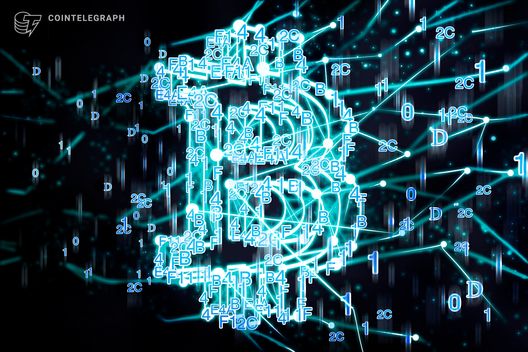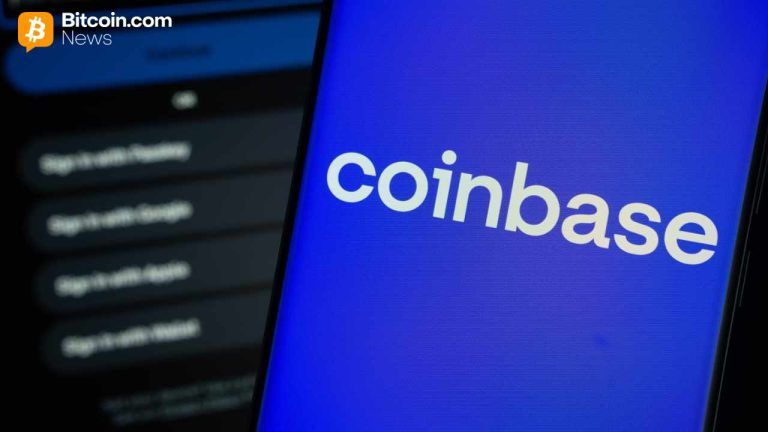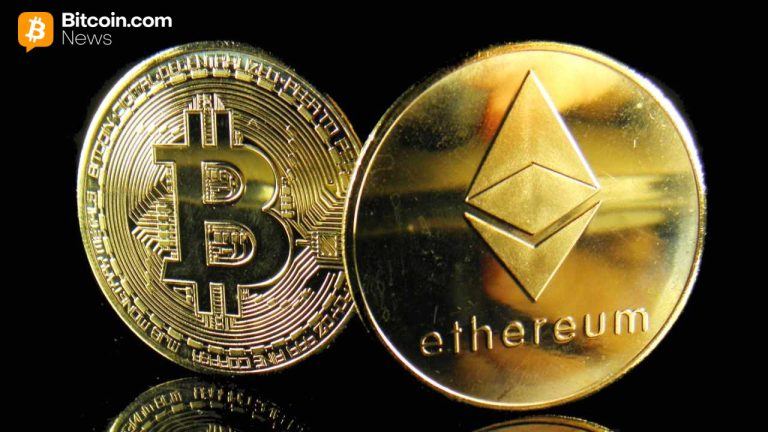Here’s what the Fed’s rate hike means for borrowers, savers and homeowners
5 min read
The Federal Reserve raised its target federal funds rate by a quarter percentage point from near zero at the end of its two-day meeting Wednesday.
The first increase in the benchmark rate in three years will lay the groundwork for six more hikes by year’s end.
“The war in Eastern Europe gives the Fed reason to act more cautiously, but they will still be working to corral what is already the highest inflation in 40 years,” said Greg McBride, chief financial analyst at Bankrate.com.
How the federal funds rate affects you
The federal funds rate, which is set by the central bank, is the interest rate at which banks borrow and lend to one another overnight. Although that’s not the rate that consumers pay, the Fed’s moves still affect the borrowing and saving rates they see every day.
“One single quarter-point rate hike from near zero levels will have a minimal impact on household finances,” McBride noted. However, this is just the beginning, he added.
“The cumulative effect of rate hikes is what is really going to have an impact on the economy and household budgets.”
Borrowing gets more expensive
Long-term fixed mortgage rates are already edging higher, since they are influenced by the economy and inflation.
The average 30-year fixed-rate home mortgage is now above 4%, and is likely to keep climbing, according to Jacob Channel, senior economic analyst at LendingTree.
- A $300,000, 30-year, fixed-rate mortgage would cost you about $1,432 a month at a 4% rate. If you paid 4.5% instead, then the same loan would cost $131 a month more or another $1,572 each year, and $47,160 over the loan’s lifetime.
Many homeowners with adjustable rate mortgages or home equity lines of credit, which are pegged to the prime rate, will be more directly affected. Most ARMs adjust once a year, while a home equity line of credit, or HELOC, adjusts immediately.
Anyone with a variable-rate loan may want to refinance now into a fixed rate, said Mark Scribner, managing director of Oxygen Financial in Boston. “There may not be another opportunity.”
Shorter-term borrowing rates, particularly on credit cards, will also quickly head higher.
Since most credit cards have a variable rate, there’s a direct connection to the Fed’s benchmark, so expect your APR to rise within a billing cycle or two.
- If you owe $5,000 on a credit card with an APR of 19% and put $250 a month towards the balance, it will take 25 months to pay it down and cost you $1,060 in interest charges. If the APR edges up to 20%, you’ll pay an extra $73 in interest.
“A single quarter-point rate increase isn’t likely to flip cardholders’ financial world upside down. However, all rate hikes, even small ones, are unwelcome news for folks with credit card debt,” said Matt Schulz, chief credit analyst for LendingTree.
Borrowers could call their card issuer and ask for a lower rate, switch to a zero-interest balance transfer credit card or consolidate and pay off high-interest credit cards with a low-interest personal loan, Schulz advised.
Even though auto loans are fixed, payments are getting bigger because the price for all cars is rising so if you are planning to finance a new car, you’ll shell out more in the year ahead.
Car buyers taking out loans for a new vehicle borrowed an average of $39,721 in 2021, an increase of over $4,000 from a year earlier, according to Experian. As a result, monthly loan payments hit a record high of $644.
- A quarter percentage point difference on a $40,000 loan is about $5 a month, or another $300 over the life of a five-year loan.
Still, the Fed’s rate increase likely will not have any material effect on what rate you get, said Bankrate’s McBride. “Nobody is going to have to downsize from the SUV to the compact because of interest rates.”
Federal student loan rates are also fixed, so most borrowers won’t be impacted immediately by a rate hike. However, if you have a private loan, those loans may be fixed or have a variable rate tied to the Libor, prime or T-bill rates — which means that as the Fed raises rates, borrowers will likely pay more in interest, although how much more will vary by the benchmark.
That makes this a particularly good time identify the loans you have outstanding and see if refinancing here makes sense as well.
Savers get a better return
While the Fed has no direct influence on deposit rates; they tend to be correlated to changes in the target federal funds rate. As a result, the savings account rate at some of the largest retail banks has been hovering near rock bottom, currently a mere 0.06%, on average.
Even as the Fed starts to raise it benchmark rate, deposit rates will be much slower to respond.
“Many banks are not going to be passing along higher rates to savers, so where you have your money parked is going to be really important,” McBride said.
More from Personal Finance:
Why the Fed raises interest rates to combat inflation
Inflation is costing households $300 more a month
How Americans can cut costs amid record inflation
Thanks, in part, to lower overhead expenses, the average online savings account rate is at least three times higher than the average rate from a traditional, brick-and-mortar bank.
- If you have $10,000 in a regular savings account, earning 0.06%, you’ll make just $6 in interest in a year. In an average online savings account paying 0.46%, you could earn $46, while a five-year certificate of deposit could pay nearly twice as much, according DepositAccounts.com.
However, because the inflation rate is now higher than all of these rates, any money in savings loses purchasing power over time.
Look for other options with better rates, advised Yiming Ma, an assistant finance professor at Columbia University Business School, such as money market funds, bond mutual funds or bond exchange traded funds.
There are alternatives out there that will require taking on more risk but come with increasing returns, she said — as long as you are somewhat shielded from recent market volatility.
“Set aside enough cash to cover every day expenses, so you are protected against the big ups and downs,” Ma said. “The rest can be invested in something that can get a good long-term return.”







